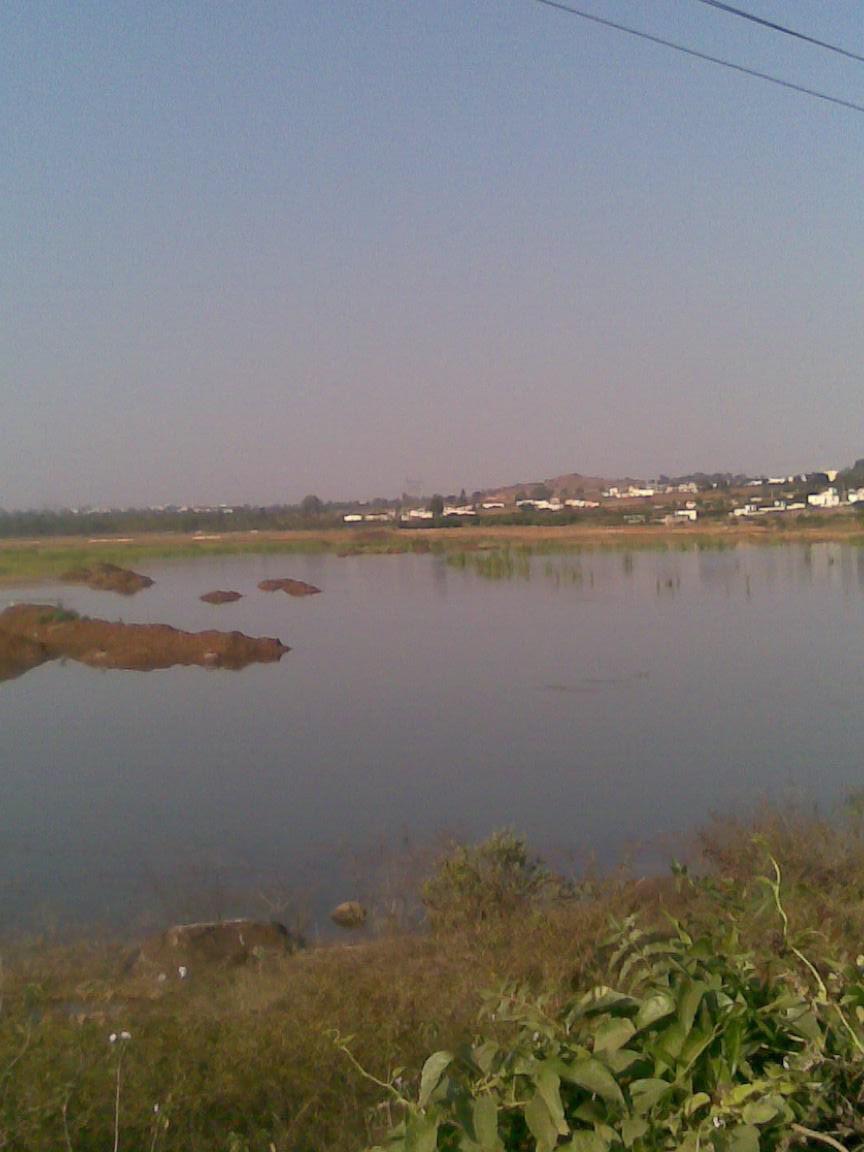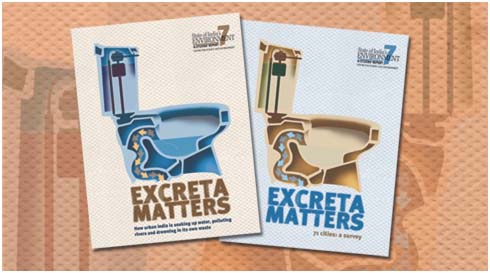/topics/biological-pollution
Biological Pollution
Strengthen participatory urban governance to prevent pollution in Ganga at Kanpur and recognise the need to look for decentralized solutions
Posted on 31 Jul, 2012 02:17 PMA one day Area Water Partnership Conference was held on 22nd July, 2012 by Shramik Bharti, Kanpur; Society for Action in Community Health (SACH) and Society for Promotion of Wastelands Development (SPWD), New Delhi at Jajmau, Kanpur, an industrial city on the banks of the Ganga which also happens to be a major centre for leather tanneries, which let out
Water quality and quantity analysis in Sikkim, North Eastern Himalaya - A paper published in Current Science
Posted on 11 Jul, 2012 11:24 AMThis paper in the journal Current Science presents the findings of a study that aimed at taking an overview of the water resources and their management in the East and South districts of Sikkim and understand issues related to quality and quantity of water resources in the are
Papers on wastewater treatment in Delhi by Elsevier publications
Posted on 10 Jul, 2012 05:47 PM1.Reuse of treated sewage in Delhi city: Microbial evaluation of STPs and reuse options
Priyanka Jamwala, Atul K. Mittal
Living rivers, dying rivers: Rivers of Tamil Nadu and Kerala
Posted on 28 Jun, 2012 04:35 PMIntroduction

Assessment of the environmental flows requirements for the Upper Ganga basin: A report by the World Wide Fund for Nature (India)
Posted on 22 Jun, 2012 02:27 PMThe Ganga is the most sacred river in the sub-continent, and revered by millions.It is also among the top ten rivers at risk. The key threat to the river is indiscriminate abstraction of water from the river, leavng it unable to maintain its ecological integrity or to satisfy the needs of riparian communities.
Land, water and local people - A case study of the Bangalore Mysore Infrastructure Corridor - A Masters' dissertation - Tata Institute of Social Sciences
Posted on 15 Jun, 2012 07:28 PM This thesis/report presents the findings of a study that was conducted for the fulfillment of the Masters degree at the School of Habitat Studies, Tata Institute of Social Sciences.
This thesis/report presents the findings of a study that was conducted for the fulfillment of the Masters degree at the School of Habitat Studies, Tata Institute of Social Sciences.
Sarakki lake in Bangalore is almost dead and needs quick action to be revived
Posted on 07 Jun, 2012 04:39 PMSarakki Lake, also known as Jagaranahalli Lake located in South Bangalore is one of the oldest lakes in Bangalore, and once upon a time one of the most glorious. It has now become a reservoir for untreated sewage and a dumping yard for the surrounding neighbourhoods. This lake was a source of water for four villages up until just a few years ago.
Water quality index of surface water bodies of Gujarat, India - Paper published in the Asian Journal of Experimental Sciences
Posted on 25 May, 2012 10:51 PMThis paper from the journal Asian Journal of Experimental Sciences presents the findings of a study that attempted to assess the physicochemical parameters of surface water in Gujarat state to explore the suitability of water
"Excreta Matters" - A profile of the water and sewage situation in 71 Indian cities - A report by the Centre for Science and Environment
Posted on 02 May, 2012 12:24 PMGuset post: Amita Bhaduri

Source: Excreta Matters, Centre for Science and Environment, 2012





